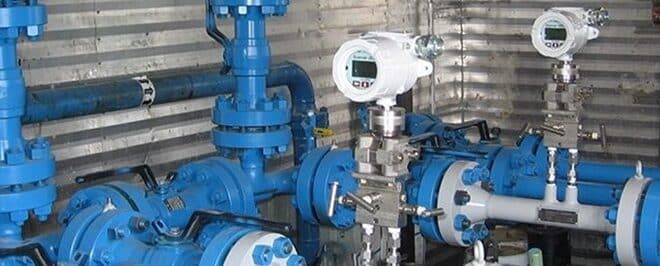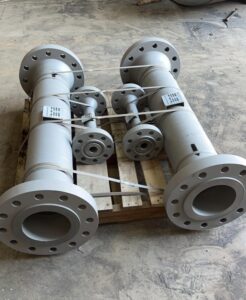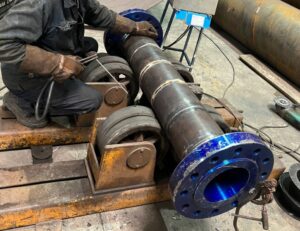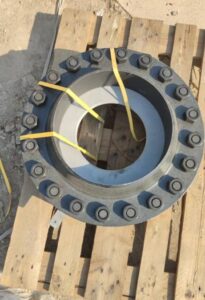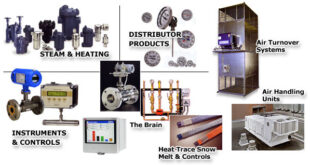Click to rate this post!
[Total: 2 Average: 4.5]
What is orifice plate?
Orifice plates are one of the most popular devices along with flow meters and flow transmitters for measuring and controlling fluid flow. The shape and manufacturing tolerances of plates used in measuring applications are defined in the international standardization publications of ISO, AGA, ASME, etc.
Petro Parda company as a manufacturer of flow measuring equipment including the following items and based on relevant standards accepts orders from all over the world in this regard.
-
Orifice plate
-
Restriction orifice plate
-
Orifice flange
-
Multi stage orifice plate
-
Venturi tubes
For any inquiry, send us your requests please.
 Petro Parda Co. Enginering, supply and construction of oil, gas & waste water treatment
Petro Parda Co. Enginering, supply and construction of oil, gas & waste water treatment

